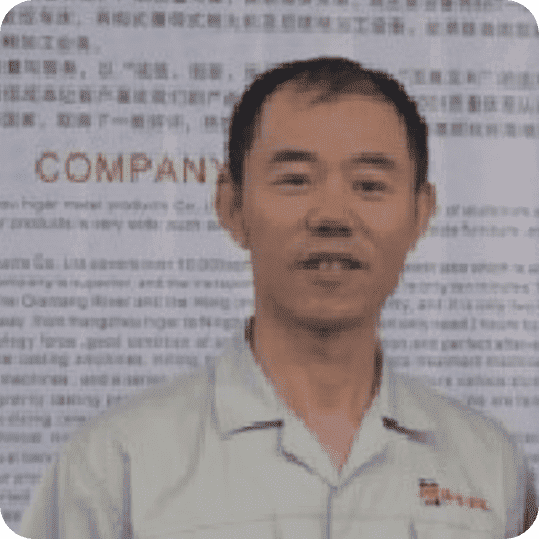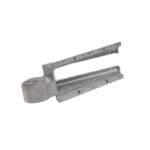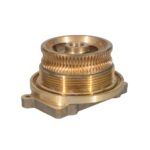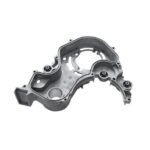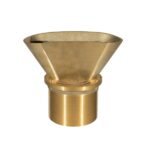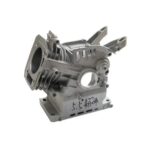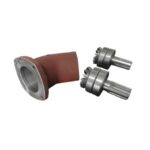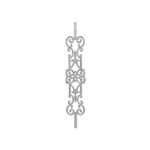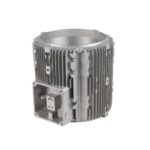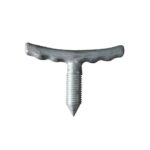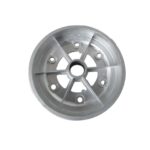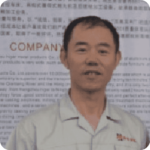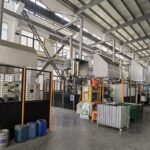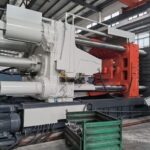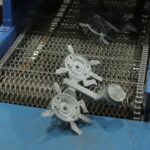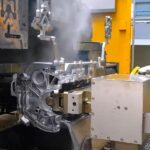Porosity is one of the most common—and most costly—defects in aluminum die casting.
It weakens structures, causes leaks, and limits surface finishing. For automotive, lighting, and electronic housings, even small voids can lead to rejected parts.
At Yongzhu Casting, we view porosity not as an unavoidable flaw but as a variable that can be engineered.
This complete guide integrates real industrial data and proven process controls from vacuum systems, degassing tests, and simulation software used in global die-casting plants.
What Is Casting Porosity?
Casting porosity refers to trapped air, gas, or shrinkage cavities inside a metal casting.
In aluminum die casting, these voids can range from microscopic micro-porosity to visible surface pinholes.
Porosity affects:
- Strength: a 2–3 % porosity rate can reduce tensile strength by 10–30 %.
- Sealing: even a few surface-connected pores can cause leakage.
- Appearance: during powder coating at ≈ 180 °C, trapped gases expand and cause blistering.
For automotive castings, manufacturers typically limit porosity to 5–10 %, while critical sealing components must remain below 3 %.
Yongzhu Casting consistently achieves less than 0.5 % volumetric porosity, exceeding these standards.
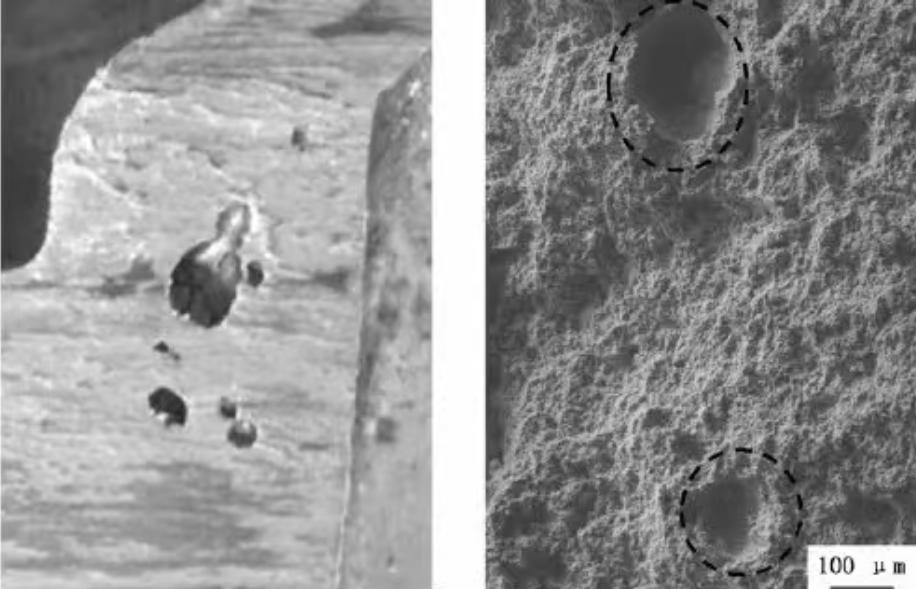
Types of Porosity in Aluminum Die Casting
| Type | Cause | Typical Appearance | Common Prevention |
|---|---|---|---|
| Gas Porosity | Air trapped during filling or injection | Smooth, round cavities near the surface | Improve venting, optimize shot profile, apply vacuum |
| Shrinkage Porosity | Volume contraction during solidification | Irregular cavities in thick sections | Control cooling, balance wall thickness, add feeders |
| Hydrogen Porosity | Dissolved H₂ from moisture or flux | Fine, uniformly distributed pinholes | Argon degassing, maintain dry melt, clean scrap |
| Micro Porosity | Pressure drop or thermal imbalance | Visible only under X-ray or CT | Maintain uniform mold temperature (± 5 °C), sustain packing pressure |
Why Aluminum Casting Porosity Matters
Porosity levels directly affect mechanical reliability and finishing yield.
ASTM B557 and E505 define allowable porosity classes:
Level 2 for general areas, and Level 1 for critical sealing or high-stress zones.
Automotive customers may also specify maximum pore diameters ≤ 0.2 mm or require 100 % X-ray inspection of housings.
Meeting these standards demands tight control of both melt and die conditions.
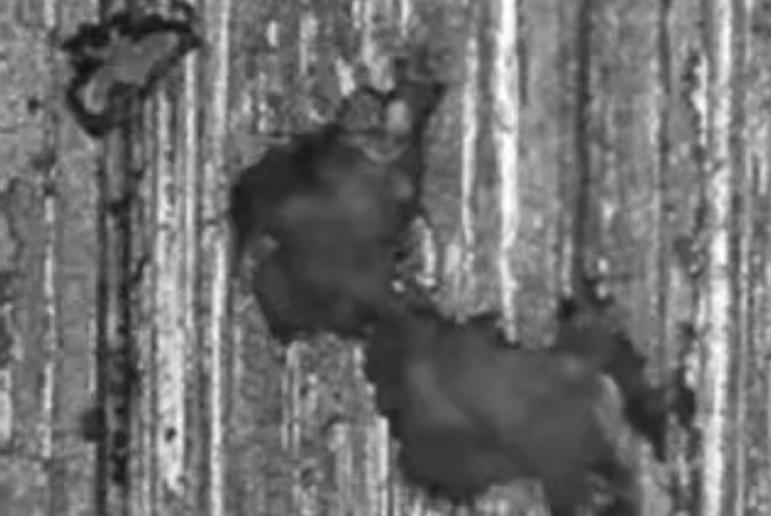
Main Causes of Porosity in Aluminum Die Casting
Porosity originates from measurable and controllable factors.
Below are the most influential causes with real process parameters verified in production.
1. Air Entrapment During Injection
Turbulent filling traps air inside the cavity.
Use a two-stage shot system: the first stage at 0.3–0.5 m/s to fill 80–90 %, followed by a second stage at 2–4 m/s for final packing.
Add overflows opposite the gate to collect trapped gas.
2. Inadequate Venting or Vacuum
Poor vent design leaves no escape path for gas.
- Vent thickness: 0.15–0.3 mm; width: 2–3 mm.
- Apply vacuum die casting (negative pressure ≈ –0.07 to –0.09 MPa).
- Clean vents and ejector pins regularly—oil films can block airflow.
In conventional casting, cavity gas pressure reaches ≈ 300 kPa;
in vacuum casting, it drops to 2–7 kPa, reducing gas porosity by up to 80 %.
3. Hydrogen Absorption in the Melt
Molten aluminum absorbs hydrogen from water vapor, furnace atmosphere, or oily scrap.
- Critical hydrogen limit: < 0.15 ml H₂ per 100 g Al.
- Above 700 °C, H₂ solubility nearly doubles.
- Use argon or nitrogen rotary degassing for 10–15 min at 680–700 °C.
Verification: perform a Reduced Pressure Test (RPT).
Measure density ratio ρs = ma / (ma – mw); values > 0.98 confirm proper degassing.
4. Moisture and Lubricants
Water instantly converts to steam, expanding ≈ 1500×, forming vapor pores.
About 98 % of moisture-related porosity originates from over-sprayed water-based lubricant or leaking cooling lines.
Maintain humidity < 60 % RH; preheat tools > 200 °C; inspect all hoses and fittings for leaks.
5. Uneven Cooling and Wall Thickness
Sections that solidify later cause shrinkage porosity.
Maintain a ± 5 °C temperature uniformity across all mold zones.
Design wall thickness ≤ 6 mm and ensure cooling-water flow ≈ 1–2 L/min per zone.
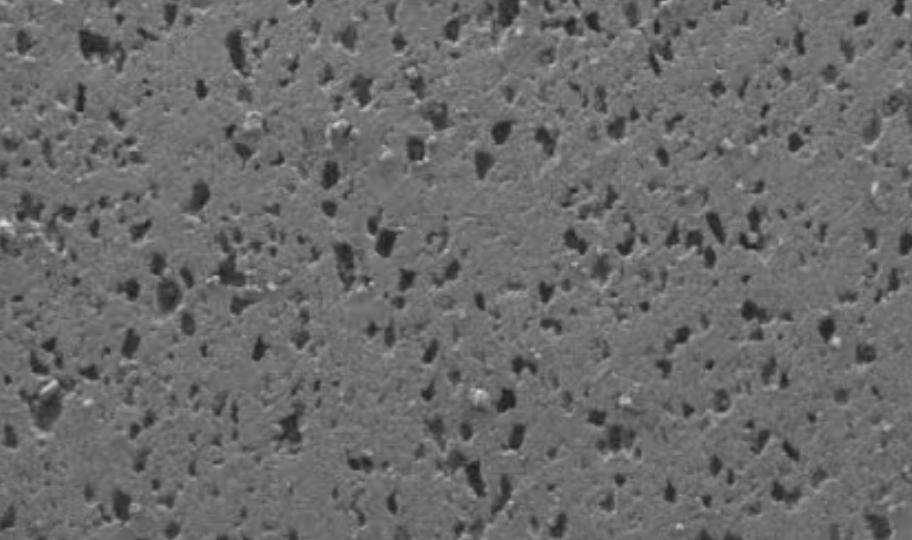
How to Prevent Porosity in Aluminum Die Casting
Porosity control begins at melt treatment and extends through tool design and process monitoring.
1. Melt Treatment & Degassing
- Maintain melt temperature 670–710 °C; avoid overheating.
- Rotary degassing ≥ 15 min with argon or nitrogen.
- Skim dross and cover melt with dry flux to prevent hydrogen pickup.
After degassing, confirm density ratio > 0.98 using RPT before casting.
2. Optimize Gating and Venting
Smooth metal flow reduces gas entrapment.
- Gate thickness ≈ 0.6 × wall thickness.
- Overflow area ≈ 0.25–0.35 % of projected casting area.
- Add Z-type or tooth-shaped vents (toothed channels on parting lines) for improved exhaust flow.
- Position vents using results from mold-flow analysis.
3. Apply Vacuum Die Casting for Critical Parts
Activate the vacuum system at least 1 second before metal reaches the gate.
Monitor cavity pressure; if above the set range, the part should be automatically scrapped.
Vacuum casting is essential for lighting housings, pump bodies, and EV motor covers.
4. Control Filling Ratio and Shot Sleeve Design
In cold-chamber machines, the filling ratio = molten metal volume / shot sleeve capacity.
Maintain ≥ 50 %, ideally 70–80 %, to avoid turbulence.
Use P–Q² software (pressure–flow simulation) to match sleeve size, flow rate, and shot speed, ensuring stable filling.
5. Temperature and Injection Control
Keep die temperature 180–220 °C with uniformity ± 5 °C.
Intensification pressure 60–120 MPa, depending on casting area.
Monitor all zones in real time for balance.
6. Mold and Vacuum System Maintenance
Regularly clean vents, vacuum valves, and seal rings.
Poor sealing leaks air and negates vacuum effectiveness.
Confirm proper vacuum-channel sizing and placement near critical surfaces.
Detecting Aluminum Casting Porosity and Verifying Quality
Inspection ensures porosity stays within specification.
1. X-Ray and CT Inspection
Detect pores ≥ 0.2 mm.
Gas pores appear bright and circular; shrinkage pores are darker and irregular.
2. Leak and Pressure Testing
Helium or air leak tests verify tightness (≤ 1 × 10⁻³ mbar·L/s).
Inspect three priority locations:
1️⃣ maximum stress zones from finite-element analysis (FEA);
2️⃣ air-trap areas from mold-flow simulation;
3️⃣ functional sealing surfaces.
3. Standards and Grades
Control porosity to ASTM E505 Level 2 for general areas and Level 1 for critical sections.
Cut-open samples often verify X-ray results and confirm internal structure.
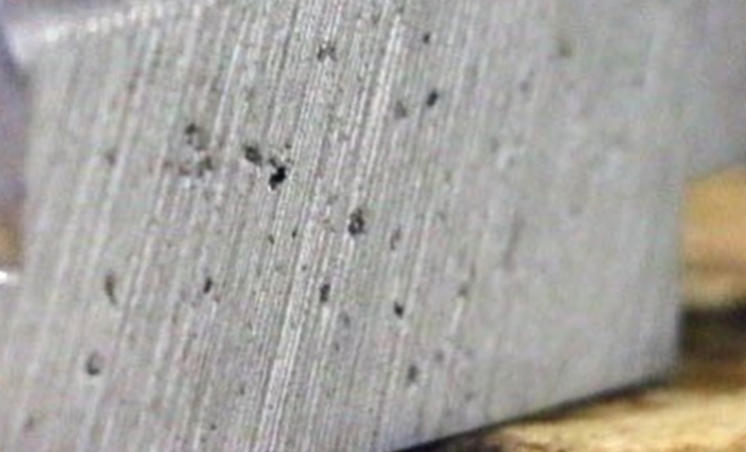
Repairing Porosity in Aluminum Castings
For high-value castings, porosity does not necessarily mean scrap.
- Vacuum Impregnation: fills micro-pores with resin under vacuum, restoring 95–98 % pressure resistance.
- Weld or Metal Spray Repair: for isolated large defects (requires heat-treatment validation).
- Design Adjustment: relocate sealing surfaces away from high-porosity zones.
Simulating Aluminum Casting Porosity and Process Optimization
Modern die casting depends on numerical simulation to predict porosity.
Flow-field modeling with P–Q², ProCAST, or Moldflow software identifies air-trap and vortex zones.
In practice, simulated porosity regions match real X-ray defects with over 90 % accuracy.
Simulation has become a required step before tooling in most OEM projects, reducing trial iterations and development time.
How Yongzhu Casting Minimizes Porosity
Our process integrates data control and validation:
1️⃣ Simulation First: every mold undergoes filling and venting simulation before fabrication.
2️⃣ Vacuum Machines (800 T – 2000 T): negative pressure –0.08 MPa ensures dense structure.
3️⃣ Argon Rotary Degassing & Filtration: for low-hydrogen melt quality.
4️⃣ Real-Time Monitoring: temperature, shot speed, and pressure logged each cycle.
5️⃣ X-Ray and CT Inspection: porosity graded per ASTM E505.
6️⃣ Vacuum Impregnation Option: for ultra-tight customer requirements.
These controls consistently deliver low-porosity aluminum parts for automotive, lighting, and industrial equipment OEMs.
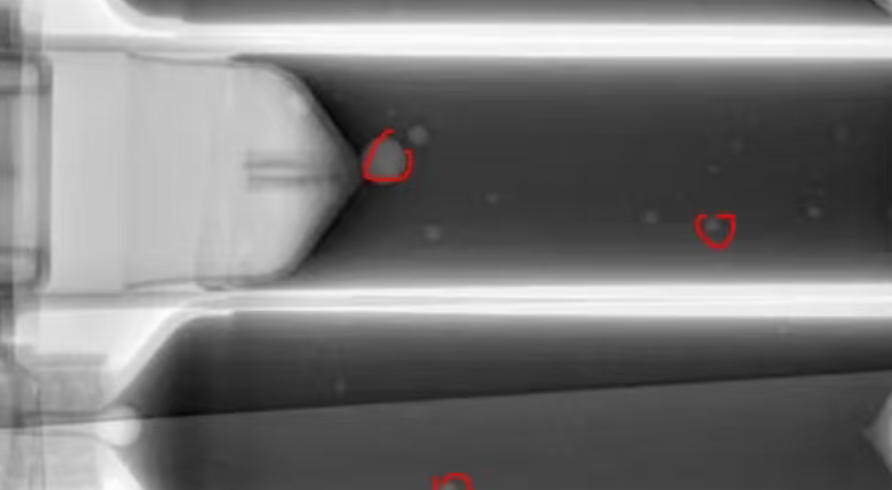
Conclusion: Controlling Aluminum Casting Porosity Effectively
Porosity is inevitable to some degree—but fully controllable.
By combining quantified process data, vacuum systems, and simulation-based design, manufacturers can achieve dense, reliable aluminum castings.
Yongzhu Casting applies real-time monitoring and advanced degassing to keep porosity levels below automotive standards, delivering parts ready for anodizing, painting, or sealing.
Trusted by OEMs across automotive and lighting industries, Yongzhu Casting delivers consistent low-porosity results backed by real process data.
Ready to Solve Porosity Before Production?
Got a drawing or part showing porosity concerns?
Send it to Yongzhu Casting—our engineers will analyze venting, gating, and vacuum design within 48 hours and recommend process improvements for denser, more consistent aluminum castings.

